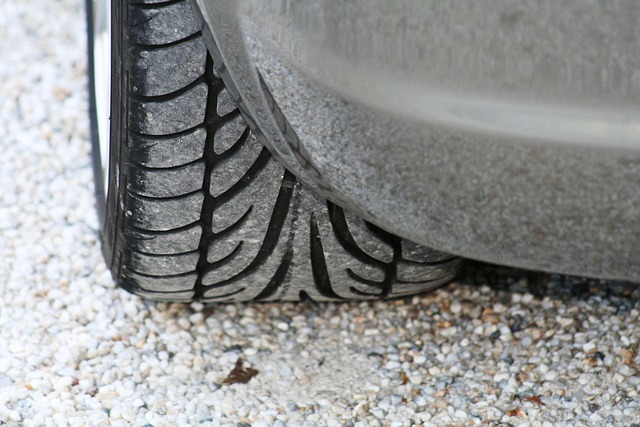Screwless Dental Implants: Modern Solutions for Seniors
Screwless dental implants represent a revolutionary advancement in dental restoration technology, offering seniors a less invasive alternative to traditional implant procedures. This innovative approach eliminates the need for screws while providing stable, long-lasting tooth replacement solutions that can significantly improve quality of life for older adults seeking dental restoration options.

Modern dental technology has transformed the landscape of tooth replacement options, with screwless dental implants emerging as a particularly promising solution for older adults. These innovative devices offer a gentler approach to dental restoration while maintaining the effectiveness and durability that patients expect from implant procedures.
What Are Screwless Dental Implants?
Screwless dental implants utilize advanced attachment mechanisms that eliminate the need for traditional screw-based fixation systems. These implants rely on alternative securing methods such as friction-fit connections, cement retention, or specialized locking mechanisms. The technology addresses common concerns associated with conventional implants, including potential screw loosening, mechanical complications, and the need for periodic screw tightening procedures.
The design philosophy behind screwless systems focuses on creating a more streamlined connection between the implant fixture and the prosthetic crown. This approach can reduce the overall complexity of the restoration process while potentially offering improved aesthetic outcomes due to the absence of screw access holes.
How Does the Screwless Implant Procedure Work?
The screwless implant procedure follows many of the same initial steps as traditional implant placement but differs in the final restoration phase. The process begins with comprehensive dental evaluation, including detailed imaging and treatment planning. During the surgical phase, the implant fixture is placed into the jawbone following standard protocols for osseointegration.
The key difference emerges during the restoration phase, where the prosthetic crown or bridge is attached using alternative methods rather than screws. Depending on the specific system used, this might involve cement bonding, friction-fit mechanisms, or proprietary locking systems designed by the implant manufacturer.
Recovery protocols remain similar to traditional implants, with patients following standard post-operative care instructions. The absence of screws may simplify certain aspects of maintenance, though regular dental check-ups remain essential for long-term success.
Benefits of Screwless Dental Implants for Seniors
Seniors considering dental implant options may find several advantages with screwless systems. The elimination of screws can reduce the risk of mechanical complications that sometimes occur with traditional implants, such as screw loosening or fracture. This can be particularly beneficial for older adults who may have difficulty with frequent dental visits for maintenance procedures.
The streamlined design often results in improved aesthetics, as there are no screw access holes that need to be filled or concealed. This can be especially important for front teeth where appearance is a primary concern. Additionally, the simplified restoration process may reduce the number of appointments required, which can be advantageous for seniors with mobility limitations or transportation challenges.
Some screwless systems also offer easier cleaning and maintenance protocols, which can benefit older adults who may have dexterity issues that make complex oral hygiene routines challenging.
Cost Considerations and Provider Options
The cost of screwless dental implants varies significantly based on location, provider experience, and specific system used. In Australia, patients can expect to pay between AUD 3,000 to AUD 6,000 per implant, including the crown restoration. These prices may be higher than traditional implants due to the specialized technology and training required.
| Provider Type | Service Offered | Cost Estimation (AUD) |
|---|---|---|
| Private Dental Clinics | Single Screwless Implant | $3,500 - $5,500 |
| Specialist Prosthodontists | Complete Restoration | $4,000 - $6,000 |
| Dental Hospitals | Comprehensive Treatment | $3,000 - $5,000 |
| University Dental Schools | Student-Supervised Care | $2,500 - $4,000 |
Prices, rates, or cost estimates mentioned in this article are based on the latest available information but may change over time. Independent research is advised before making financial decisions.
Finding Affordable Screwless Dental Implants
Several strategies can help seniors access more affordable screwless dental implants. Many dental schools offer reduced-cost treatment performed by supervised students, which can significantly lower expenses while maintaining quality care. Some private practices provide payment plans or financing options specifically designed for implant procedures.
Health insurance coverage varies widely, but some policies may cover portions of implant treatment, particularly when medically necessary. Veterans may have access to specialized programs through Department of Veterans’ Affairs dental services. Additionally, some dental practices offer package deals for multiple implants, which can reduce per-unit costs for patients requiring several replacements.
Researching local providers and comparing treatment plans can help identify the most cost-effective options while ensuring quality care. Many clinics offer free consultations where patients can discuss treatment options and associated costs.
Screwless dental implants represent an exciting advancement in restorative dentistry, offering seniors a modern alternative to traditional implant systems. While costs may be higher than conventional options, the potential benefits in terms of reduced maintenance, improved aesthetics, and simplified procedures make them worth considering for appropriate candidates. As with any dental treatment, thorough consultation with qualified professionals is essential to determine the best approach for individual needs and circumstances.
This article is for informational purposes only and should not be considered medical advice. Please consult a qualified healthcare professional for personalized guidance and treatment.




